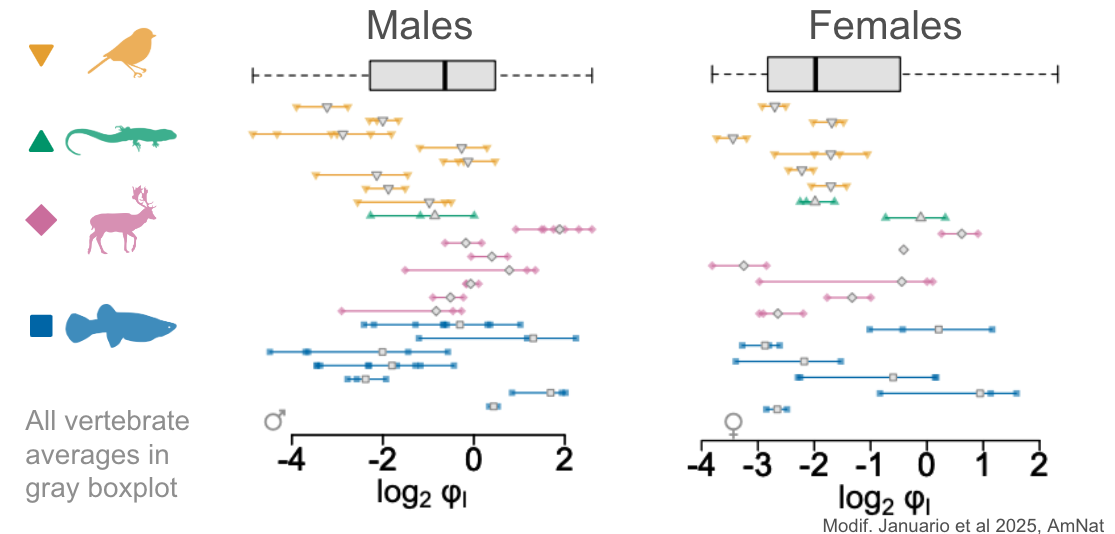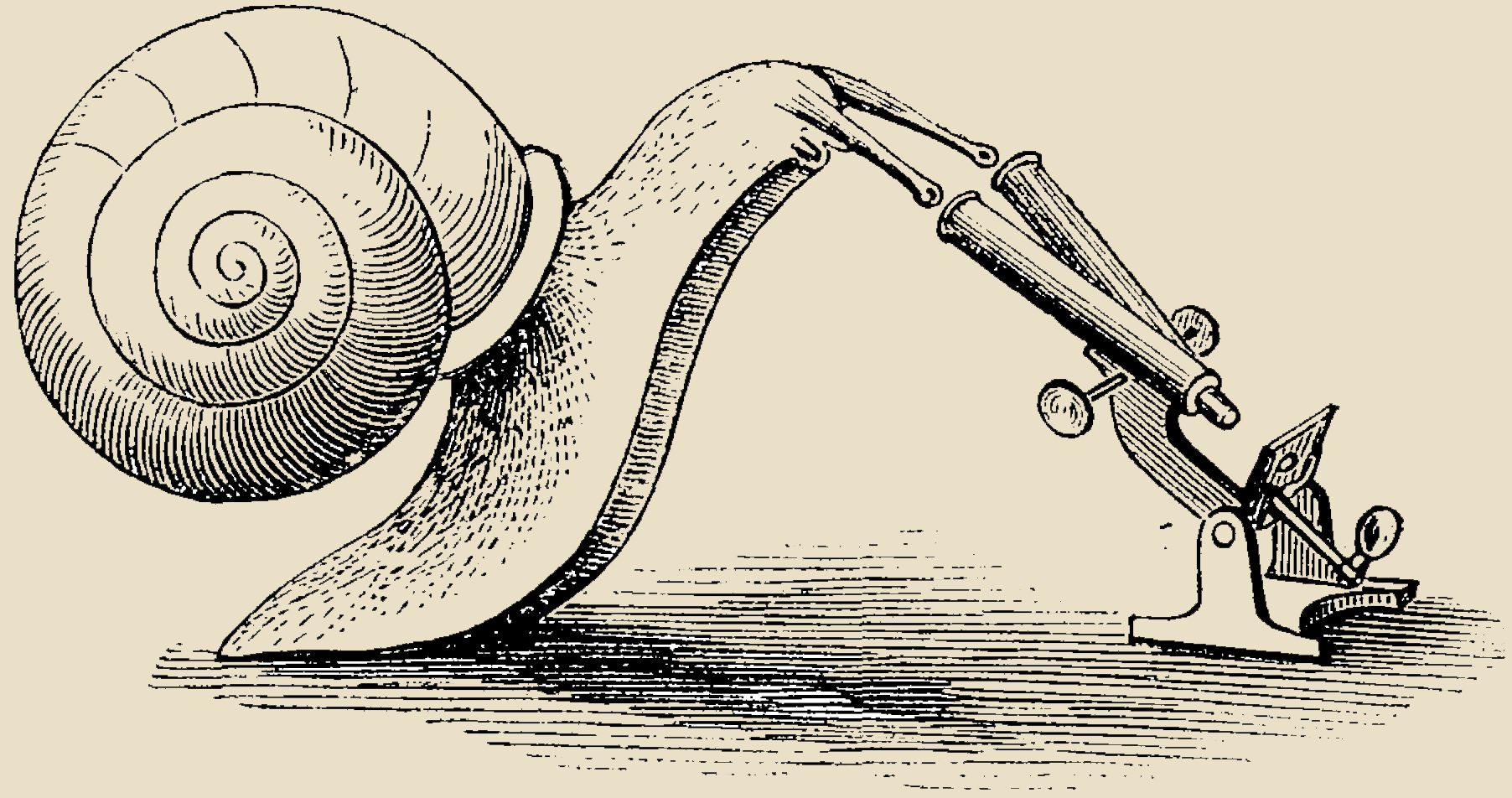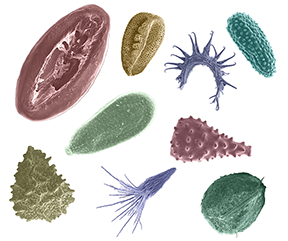Read about “A Life History Perspective on the Evolutionary Interplay of Sex Ratios and Parental Sex Roles” by Xiaoyan Long, Tamas Székely, Jan Komdeur, and Franz J. Weissing (Feb 2025)
Read about “Evolutionary lability of sexual selection and its implications for speciation and macroevolution” by Matheus Januario, Renato C. Macedo-Rego, and Daniel L. Rabosky (April 2025)
Januario et al. found no correlation between sexual selection intensity & speciation rates or proxy traits (SSD and dichromatism). Because sexual selection intensity has high intraspecific variation and low phylogenetic signal, its macroevolutionary impacts are weak
Read about “Partitioning the impacts of spatial-temporal variation in demography and dispersal on metapopulation growth rates” by Sebastian J. Schreiber (Feb 2025)
Read about "Thermal preference plasticity in ectotherms: Integrating temperature affinity and thermoregulation precision" by Gwenaëlle Deconninck, Nicolas Meyer, Hervé Colinet, and Sylvain Pincebourde (Sept 2025)
Read about “Effects of Phylogeny on Coexistence in Model Communities” by Carlos A. Serván, José A. Capitán, Zachary R. Miller, and Stefano Allesina (Feb 2025)
Read about “Shifting Precipitation Regimes Influence Optimal Germination Strategies and Population Dynamics in Bet-hedging Desert Annuals” By William S. Cuello, Sebastian J. Schreiber, Jennifer R. Gremer, Pete C. Trimmer, D. Lawrence Venable, Andrew Sih (January 2025)
Read about “Partial Migration, Oversummering, and Intermittent Breeding by Shorebirds” by Ronald C. Ydenberg (Apr 2025)
Read about “Availability of juvenile refuge habitats explains the dynamics and size structure of cannibalistic fish populations” by Wojciech Uszko, Tobias van Kooten, and Pär Byström (Apr 2025)
Read about “Variability in precipitation weakens sexual selection for nuptial gifts in spiders” by Camila Pavón-Peláez, Vinicius S. R. Diniz, Williams Paredes-Munguía, Renato A. Teixeira, Luiz E. Costa-Schmidt, Adalberto J. Santos, Bruno A. Buzatto, and Maria J. Albo (Nov 2024)
Read about “Dynamics of Mixed-Ploidy Populations under Demographic and Environmental Stochasticities” by Michelle L. Gaynor, Nicholas Kortessis, Douglas E. Soltis, Pamela S. Soltis, and José Miguel Ponciano (Apr 2025)





.png)


